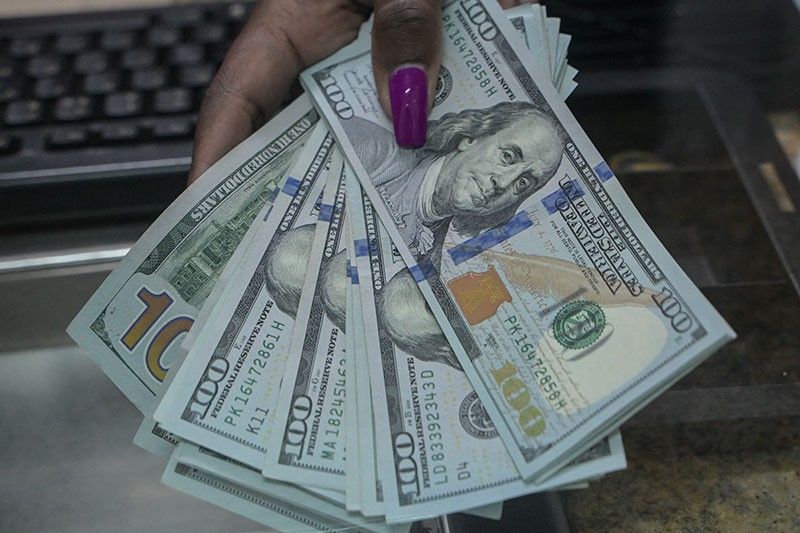FDI inflow down 16% to $5.9 billion in 9 months

MANILA, Philippines — Persistent global economic uncertainties and elevated inflation continued to pull down the inflow of foreign direct investments (FDIs) into the country from January to September, the Bangko Sentral ng Pilipinas (BSP) said.
Latest data from the central bank showed the net FDI inflow fell by 15.9 percent to $5.88 billion during the nine-month period versus last year’s $6.99 billion.
“FDI declined on the back of persistent global economic uncertainties which continued to affect investor decisions,” the BSP said.
The BSP said investments in debt instruments consisting mainly of intercompany borrowing between foreign direct investors and their subsidiaries or affiliates in the Philippines declined by 17.2 percent to $4.06 billion in the nine-month period from $4.91 billion a year ago.
Likewise, total reinvestment of earnings also decreased by 6.1 percent to $869 million from $925 million.
The central bank also reported an 18.5-percent drop in equity other than reinvestment of earnings to $945 million from January to September compared to last year’s $1.16 billion.
Equity infusions mainly from Japan, Singapore, the United States and Germany during the nine-month period inched up by 2.7 percent to $1.39 billion from a year-ago level of $1.36 billion.
These inflows were channeled into manufacturing with 50 percent, real estate with 14 percent as well as financial and insurance with 12 percent.
On the other hand, equity withdrawals soared by 126 percent to $488 million from $198 million.
Michael Ricafort, chief economist at Rizal Commercial Banking Corp., said higher prices and elevated inflation translating to more expensive borrowing costs continued to slow down new investments.
“The continued slowdown in net FDIs may be attributed to still higher US, global and local interest rates since 2022 that raised borrowing costs, which weighed on demand for new investments, including FDIs,” he said.
Ricafort said the risk of US economic slowdown also weighed on the inflow of FDI into the Philippines.
However, he said offsetting factors for the coming months, which include easing global oil prices and inflation that could support a rate hike pause could lead to some pick up in FDIs.
For September alone, net FDI inflow plunged by 42.2 percent to $422 million from $731 million in the same period last year. This was the lowest in more than three years or since the $321 million net inflow recorded in April 2020.
China Bank chief economist Domini Velasquez said the declining trend in net FDI inflow indicates the continued impact of a challenging global economic environment on investor sentiment,
“However, as economic conditions improve, particularly in 2024, we may see better FDI inflows,” Velasquez said.
She said the country’s favorable growth prospects and the government’s efforts to attract more investors through the trade liberalization reforms and overseas roadshows would help boost investor sentiment.
- Latest
- Trending























